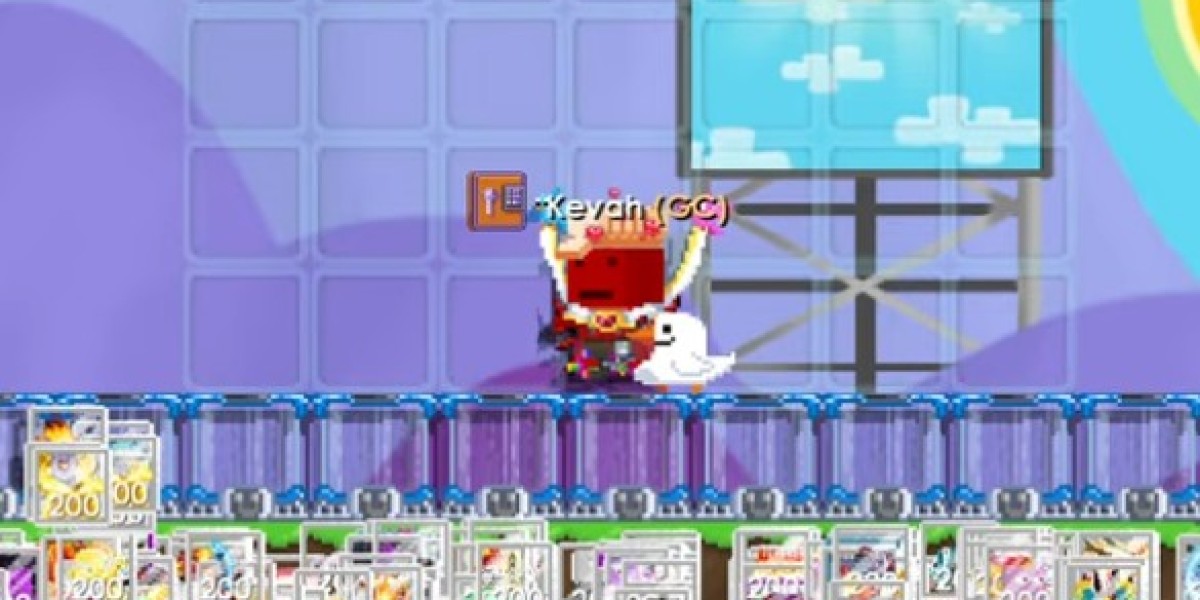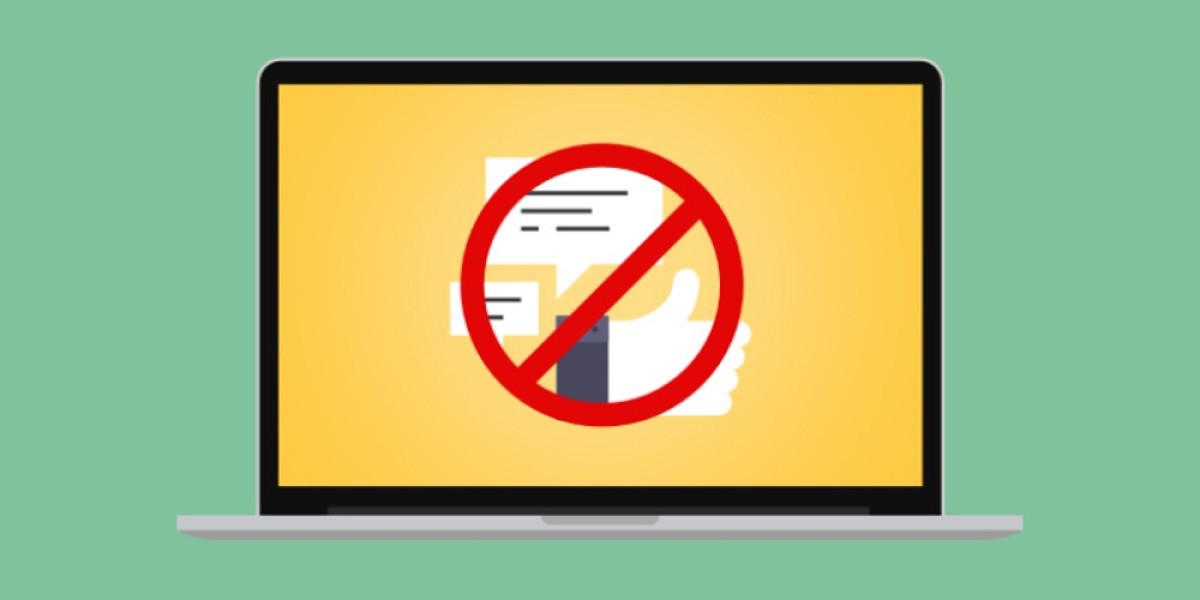Growtopia has always been a game that thrives on creativity, but one of the most satisfying challenges for players is designing Adventure World puzzles. Whether you’re a veteran builder or just starting to explore the world of Adventure Worlds, creating puzzles that are both fun and challenging can really make your world stand out. In this guide, I’ll share some tips and tricks that I’ve learned through my own experience, along with some practical advice to make your puzzle worlds more engaging.
Understanding the Basics of Puzzle Design
Before diving into complicated setups, it’s important to understand what makes a good puzzle in Growtopia. At its core, a puzzle should be easy to understand but hard to master. Start simple: a basic obstacle or a logic-based challenge can be enough to capture a player’s attention. Overcomplicating things early on can make your world frustrating rather than fun.
One thing I’ve noticed is that players enjoy puzzles that feel rewarding. Small touches, like hidden chests or secret areas, can motivate them to explore every corner. Sometimes I also like to add little hints or clues scattered around the world—it’s a subtle way to guide players without holding their hands. And if you’re worried about securing your creations, it’s worth mentioning that many builders prefer to buy Growtopia Locks to protect their worlds. Having a few extra locks ensures that your hard work isn’t accidentally tampered with by other players.
Creative Use of Obstacles and Traps
Obstacles are the heart of any Adventure World puzzle. They can range from basic parkour jumps to more complex block manipulations. I often experiment with timing-based challenges, like doors that open only for a few seconds or moving platforms that require precise jumps. These elements make your puzzles dynamic and keep players engaged.
A tip I’ve picked up from other builders is to balance difficulty with accessibility. Not every puzzle needs to be a brain-buster; a mix of easy, medium, and hard sections usually works best. Also, using visual cues like color-coded blocks or patterned layouts can help players understand the mechanics without reading long instructions.
Incorporating Logic and Riddles
Once you’re comfortable with basic obstacles, it’s time to add some logic-based puzzles. These can include switches, password doors, or block sequences that players need to figure out. I personally enjoy creating puzzles that require observation and memory—things like pressing buttons in a certain order or remembering a specific pattern.
When dealing with in-game currencies for your builds, like blocks or rare items, it’s sometimes handy to know where to find affordable resources. I’ve used sites like U4GM to get cheap Growtopia BGL when I needed large quantities for a complex puzzle setup. It’s not about cutting corners—it’s about having enough materials to bring your vision to life without spending forever farming.
Layering Challenges for Engagement
The best Adventure Worlds often combine multiple types of challenges. You might start with a simple parkour section, move into a logic puzzle, and then finish with a trap-filled corridor. This layering keeps players interested and prevents the world from feeling repetitive. Personally, I like to mix humor or quirky elements in between difficult sections—maybe a silly obstacle or a funny NPC—to give players a little break and make the world more memorable.
Testing and Feedback
Even the best ideas can fail if they aren’t tested. After designing your puzzles, it’s essential to run through them yourself, multiple times. Look for spots where players might get stuck or frustrated. Once you’re confident, invite friends or members of the community to test your world. Feedback from others is invaluable—they often notice issues or clever solutions you might not have thought of.
A small tip from experience: always have some spare Growtopia Locks ready during testing. Players might try to move or modify blocks, and protecting key areas ensures that your puzzles stay intact while you gather feedback.
Adding Replay Value
If you want players to keep coming back, consider adding optional challenges or secret paths. Hidden collectibles or time-based leaderboards can make even familiar puzzles feel fresh. Some builders also like to create branching paths—players can choose different routes, each with unique rewards or challenges. This approach makes your world feel bigger and encourages exploration.
Designing an Adventure World puzzle in Growtopia is all about creativity, patience, and a little bit of trial and error. Start simple, layer your challenges, and don’t forget to protect your work with locks or affordable resources when necessary. Every puzzle you create teaches you something new, and over time, you’ll develop your own unique style.
Above all, remember that the goal is fun. If you enjoy building and experimenting, your players will enjoy exploring. Take your time, test thoroughly, and add those little touches that make your world stand out. Whether it’s a tricky parkour section, a clever logic puzzle, or a hidden treasure, your Adventure World has the potential to be a favorite destination for Growtopia players.



